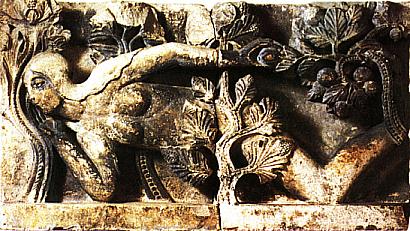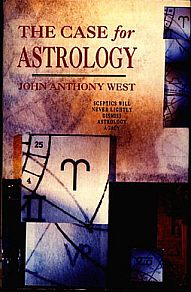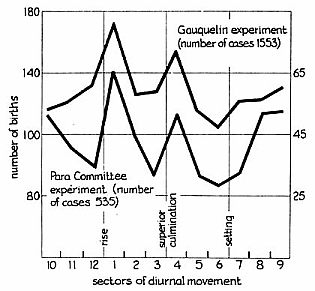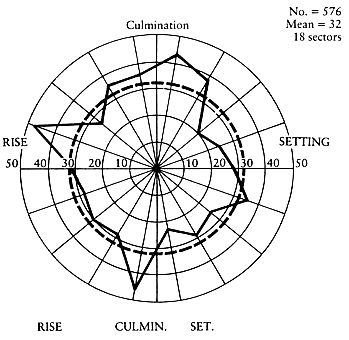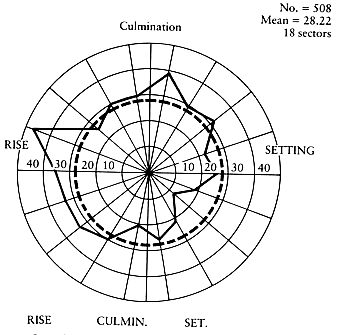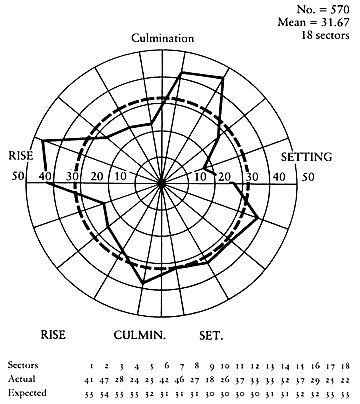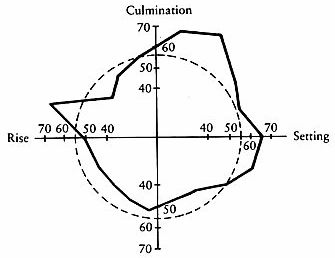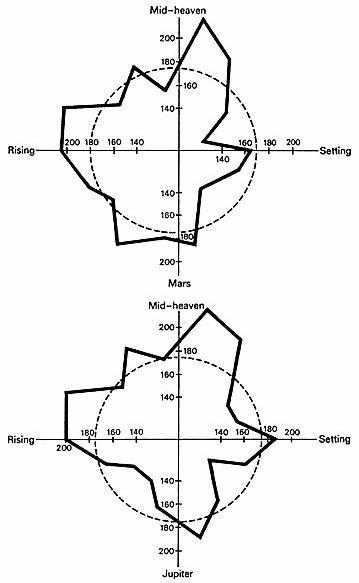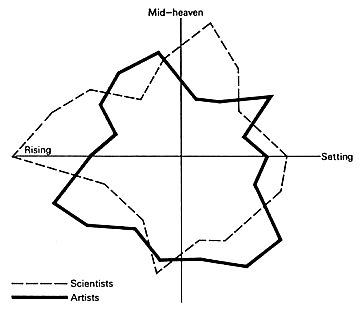by Bruce Cornet, Ph.D.
|
refresh to replay music: agicourt.wav
Table of Contents
1. Introduction
2. Problematica
3. Philadelphia
5. Bryn Mawr
The Masonic - Knights Templar Connection
The Philadelphia Experiment (not what you think)
Campbell's version of The Osiris, Isis, and the Birth of Horus Myth
7. Discussion
8. Conclusions
An Original Twist to an Old Sin
Absolution of Sin - Divine Grace
Appendix A Clues Encoded in Names
Appendix B Science Catches Up to Bible Explanation for our Genes
Appendix C Extraterrestrial Visitation and A-bomb Testing
This essay evolved out of decades of research into orthodox and gnostic religions, esoteric beliefs, mystery religions, paranormal experiences, ephiphanies, and possible ET contact. Because some of the discoveries and revelations are of a very personal nature, Cornet was led on a search for the truth about his/our existence and place in the universe. His truth may not be your truth, and what he discovered and presents here may trouble you. For Jesus said, "Let him who seeks continue seeking until he finds. When he finds, he will become troubled. When he becomes troubled, he will be astonished, and he will rule over all things." (Gospel of Thomas).
Something was done to Earth a long time ago (circa 57,000 B.C.), which affected our evolution as an independent species on this planet. The consequences of that act are gradually becoming known to geneticists, but have been encoded in mythology and scripture for quite some time. The truth and its suppression helped to create two belief systems during the early evolution of the Christian church: One belief system survives in the orthodox or Catholic church, while the other survives in esoteric societies and certain mystery religions. Today Catholics and Fundamentalist Christians on the one hand, and Freemasons and Knights Templar on the other, represent those two very different belief systems, which is why Catholics are forbidden to become Freemasons. The Holy Grail mystery of the Knights Templar is intimately linked to “Sang Real” or “Blood Royale” (Twyman, 1996), and the descendents of Jesus Christ.
This work contains my data, evidence, speculations, and rational explanations. There is a purpose and direction behind the arguments I develop. That is why I do not present a skeptical balance. Any implication that I am more than just an individual caught up in something much larger than his understanding is your illusion and misdirection. I see myself as nothing more than a willing pawn on someone else's cosmic chess board. What I present here is for the scholar, for the researcher, and/or for the truth seeker. If you do not fall into one of those categories, you need not disturb your reality by reading further. Preliminary data are given first in order to prepare the reader for the more critical data and analyses that come later in chapters five to eight: Bryn Mawr, Set (Seth) and the Serpent, Discussion, and Conclusions.
Can Astrology Predict Anything?
The idea that astrology can predict anything because of planetary alignment is beyond the imagination and acceptance of most scientists and engineers. What is presented below is evidence that statistical probability of certain planetary alignments exists for certain professions. It is important to recognize that I am not presenting these data in order to support a case for astronomy as John Anthony West does, but rather to point out that a significant percentage of people in certain professions, such as science and medicine, have predictable alignments of one or two planets in their charts. Rather than indicate that somehow planetary alignment can cause predilections towards a particular profession, a different explanation is here proposed: These statistical anomalies indicate that something else is operating, which is causing specific "signs" to appear in the astrology charts of certain people. Because only a small but statistically significant percentage of people have these "signs," and the majority of people in the same professions do not, one has to ask the questions: Are these "signs" being intentionally created by someone regulating times of birth, and what might they mean? Who or what may be responsible is unknown, but in order to get the right answers, one must first ask the right questions.
Below some introductory data are presented which support the statistical anomaly of "signs," followed by selected astrology charts in Problematica (including charts for the author). These data are provided as a basis for arguments and interpretations which follow.
Michel Gauquelin and the Mars Effect
Excerpts from J.A.West (The Case for Astrology)
"Eventually, in 1930, the work of Krafft and Choisnard came to the attention of Michel Gauquelin, a young graduate in statistics and psychology from the Sorbonne, who decided to put their claims to the test. This in turn led to a quest thirty-seven years in duration as this is written, and by no means resolved. The Gauquelin data, and the saga of the data, taken together, make up one of the more important scholarly episodes of the century. As saga, told in detail, it reveals, perhaps better than any other single story, the true Inquisitional nature of the Church of Progress and the general level of disregard in which the search for truth is held by many eminent scientists and academics. At the same time, as data, the voluminous Gauquelin files contain the single, major corpus of (apparently) unassailable positive scientific evidence supporting astrology..." (p. 232-233).
Astrologers Answer [to Traditional Astrology Disproved?]
"Astrologers, in the main, argue that the negative results are due to extracting elements from the horoscope and attempting to study them in isolation. This, they say, negates a basic principle of astrology, which is that the horoscope is a whole, a 'meaningful Gestalt' in the jargon of psychologist, Zipporah Dobyns. The parts cannot be studied separately, without reference to the whole.
"There are two problems with this argument. First, it is a weak position to defend in the light of the Gauquelin data. There, strong statistically significant relationships between planets and personality show up independently, with no reference whatever to the whole. No Gestalt was required. Why one set of positive results and another negative using identical criteria? If the positive results stand as proof, should the negative results not count as disproof - of sun signs, rising signs and the rest of the astrologers' ancient arsenal?
"This is, of course, the view of the opposition, but it is not necessarily valid. It may be that the statistical net employed was too coarse to catch anything but the biggest fish. As Eysenck and Nias admit, more sophisticated tests may yet turn up positive results. Science is full of major discoveries that we only revealed through fine-tuning research technique." (p. 235-236).
"However discomforting the negative results (for astrologers), they do not actually invalidate sun signs, aspects, and other elements of the traditional astrological canon. It is, as we said above, possible that refinements of technique will produce positive results. It is also possible that, even though valid, these elements of astrology will never prove amenable to scientific inquiry - because they cannot be quantified." (p. 237).
Gauquelin's Background
"...It was not until he found himself at the Sorbonne, studying psychology and statistics, that he became aware of the importance of scientific proof. This in turn raised questions about astrology's validity. Young Gauquelin decided to put his newly acquired expertise to work on the claims of Krafft, Choisnard and others.
"Very swiftly, and to his intense chagrin, he found their methods faulty and their claims invalid. After several years of effort Gauquelin could show that all scientific claims made on behalf of astrology were false, and that not a single element of the astrological tradition withstood statistical inquiry.
"As he describes it himself, it was like being betrayed by a lover. Guaquelin now turned against astrology with much of the ardor of his original embrace. In particular, he condemned the astrologers' pretensions to science and their refusal to examine negative evidence. Indeed, so complete was his disenchantment that when, in his methodical statistical stalk through the starry hunting grounds, he encountered a striking celestial correspondence, he declined to call it astrology, sparking a controversy that has not yet entirely quieted down.
"Having disposed of the validity of sun signs, rising signs and the rest to his own satisfaction, Gauquelin was looking into a possible relationship between position of planets and the moment of birth and the subsequent choice of profession. This facet of astrology is incorporated in the thorny question of 'houses' but Guaquelin was looking at it independent of any specific house system.
"Gauquelin compiled a list of 576 eminent French doctors from medical directories, using objective criteria to avoid bias in the selection process. He then set out to get their birth-times from town archives throughout France, a laborious, expensive, thankless and infinitely tedious task that would occupy much of his time in the years to come. Heroism and statistics seems about as likely a combination as charisma and accounting, but the story of Michel Gauquelin in pursuit of his data has unmistakable heroic overtones...
"As the earth rotates, the planets appear to rise and set just as the sun and moon do. A given planet rises on the eastern horizon, reaches its zenith, or upper culmination, midway between rising and setting, and then sets and passes below the horizon. The house system in astrology is based upon this diurnal (daily) rotation of the earth, but Gauquelin was ignoring the customary interpretation imputed to houses and to planets in houses.
"Without making allowances for retrogradation and other astronomical or demographic complicating factors, if the ideal orbit of the planet is divided into twelve sectors, it means that planet would spend one-twelfth of the day, or 8.33% in each sector. This means that if only chance were operating, and births are equally distributed throughout the day (they aren't - which is one of the multiplicity of conditioning factors that have to be taken into account), 8.33% of a given group of people would have a given planet in each sector. 16.7% of the people would have a planet in a given pair of sectors. This would be distribution according to chance." (p. 240-241).
"Gauquelin's group of 576 eminent doctors was large enough to give statistically significant results. So, when appreciably more than 16.7% of them were found to have been born with Mars and Saturn in the sectors representing the planet's rise and upper culmination or zenith (henceforth referred to as Sectors 1 and 4), factors other than chance became a possibility." (p. 242).
The Mars Effect
"...If however, the sample group is large enough, relatively small deviations from chance become statistically highly significant. Gauquelin's groups were mostly in the 500-1,000 range. In groups this size, a 20% deviation above or below chance takes place at odds of around 1,000,000 - 1 against chance.
"This is precisely what Gauquelin found with his initial group of 576 eminent professors of medicine. A statistically highly significant number of the eminent doctors were born with Mars or Saturn in Sectors 1 and 4 (and lesser, but still significant numbers were born when Mars and Saturn were in the sectors directly opposite the rise and culmination. See Fig. 12[-19 below])." (p.243).
Note: Diagrams inverted relative to standard astrological charts, with North on top and South on bottom; sectors 1 and 4 occur on top, whereas in conventional charts houses 1 and 4 occur on bottom or below horizon. This difference is intentional in order to reduce conventional astrological bias.
Figure 12 Members of Académie de Médecine: Mars Figure 13 Second group of doctors: Mars Figure 14 Well-known sportsmen: Mars Figure 17 993 Politicians: Jupiter Figure 18 3,142 Military leaders: Mars and Jupiter Figure 19 2,048 Musicians and Painters (combined) compared to 3,305 Scientists: Saturn and Mars
All pages Copyright B.Cornet 2001
Date page last updated: 01/19/2023
Contact information: mailto:cornetbruce@yahoo.com
